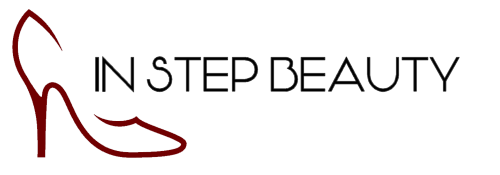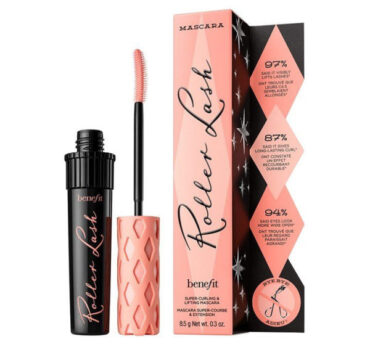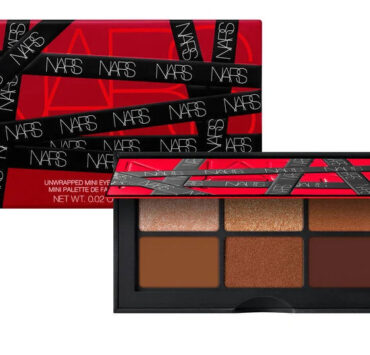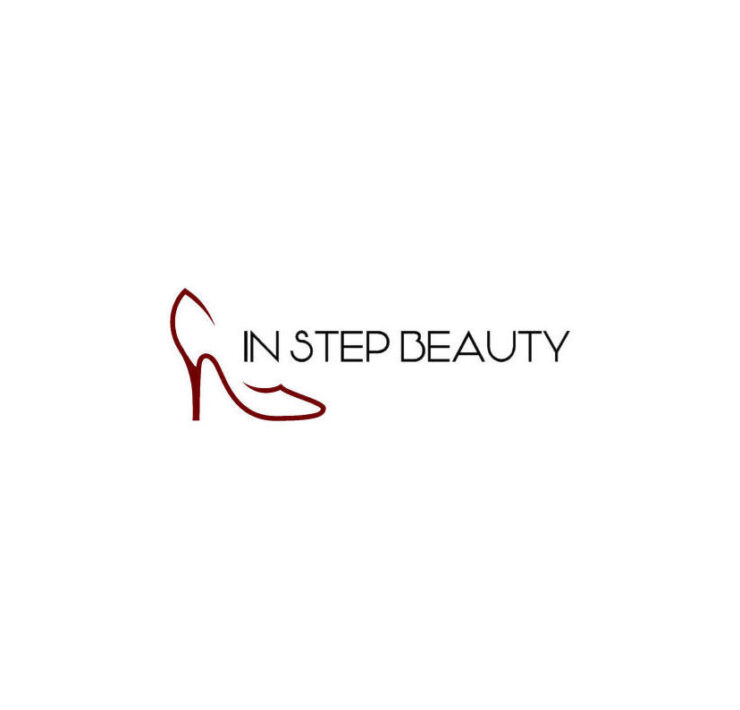The Artist and the Subject: A Reworking Of Working Together – Chapter III
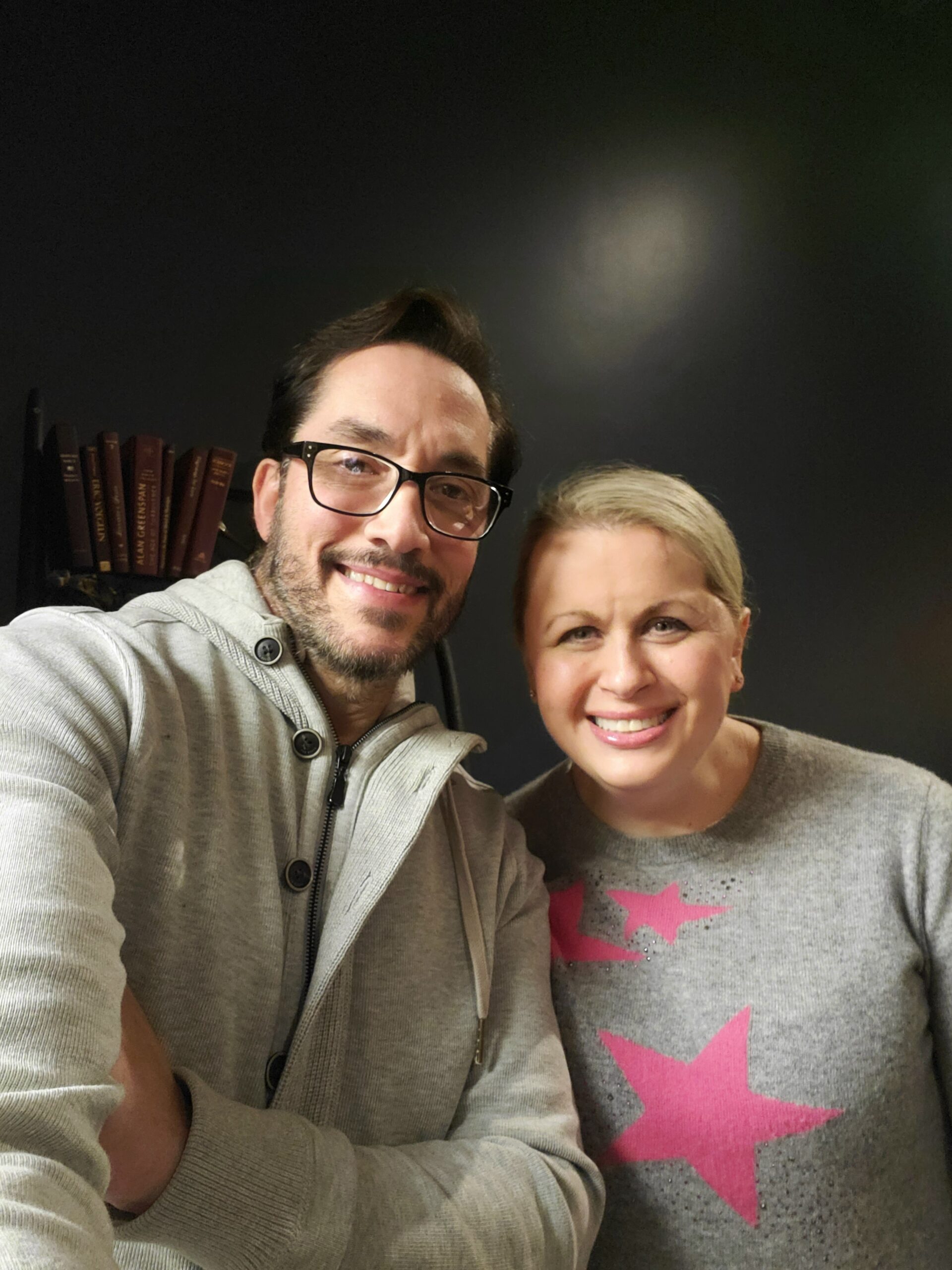
Why it is
Jeffrey is an established global makeup artist, hair stylist, and perfumier. Kate, an author, marketer, and strategist, worked in the cosmetics industry for nearly eleven years. While Jeffrey is – by definition – the artist for color and skincare, there is value in Kate’s perspective regarding relationships, responses, and results, as there is, of course, in Jeffrey’s. Since 2013, when they first worked together, they have found that it’s easy, encouraged, and effective to change hats and present what they know, based on their individual experiences.
Because everything, regardless of where we learned it, is applicable when we want things to be successful and fun and real.
What it is
The Artist and the Subject was born of conversations between people who met via work and became friends. Some of their work-related conversations were about subjects that overlapped and aligned, which was surprising, because eye shadows and import taxes don’t have much in common with UX and ghost writing.
Fact: what initially appeared to have to nothing to do with each other actually did. Jeffrey and Kate will present lessons and tactics relevant to beauty, wellness, and working together. And it all began when they talked about stuff.

The Artist and the Subject premiered October 2021 on In Step Beauty. Chapter 1, “What is the Foundation?”, shares lessons about providing help to those who need it and don’t ask for it“. Chapter 2, “What is the Transformation?”, digs into the necessity of feeling worthy of things that are new and better before you make or bring change.
Chapter 3 – Finishing the Face
Jeffrey: Welcome to The Artist and the Subject! [applause] This is our final episode! Pause for reaction.
Kate: We’re closing the series – this series, mind you – with a third chapter, called…
Jeffrey and Kate: Finishing the Face.
Jeffrey: In makeup artistry, when we finish the face, we try to impart – via technique, application, and review – harmony and fit. Harmony is equivalent to balance. And “fit” means creating a look that is aligned with the designer’s, the event’s, the organization’s schematics, and it is aligned with the subject’s physical beauty and their internal beauty.
Kate: So, “fit” operates the way it does with hats, clothes, and shoes: comfortable, accurate, and, for lack of a better term, on message.
Jeffrey: Exactly. And when we achieve these, artists have reached the goals set by the design and vision. Most importantly, we created a look that impacts the ways its creator sought.
Kate: In business, it’s a similar tack. Besides trying to stay out of court, as much as there are different elements in a solely owned business and a co-owned one, two things are necessary.
Kate: While my words for what you described – synchronous and deliberate – are the words and experiences that I know, when I heard you describe what “harmony” and “fit” mean in makeup artistry, I thought, “Jackpot.”
Jeffrey: I get that. Harmony and fit are fairly broad terms. How are they applied when you shut down or wrap up a business?
Kate: The harmonious nature, the synchronicity of ending a business occurs when there’s little to no conflict, and all involved parties can agree upon, or at least respect, the perspectives, decisions, and actions of their partners and colleagues.
Jeffrey: When things “fit” at the end of a business, how does that…feel? 😊
Kate: The right fit is a shared belief that the brand and its experience were presented with integrity, consistency, and always with the best of intentions. This doesn’t necessarily mean that a lot of money was made, and what was defined and designed was delivered. Period.
Jeffrey: By now, you’re wondering, “What happens when things aren’t so harmonious and fitting?”
Kate: Time for the reveals, and the lessons. And we’re sharing our experiences that touch on three things – individually or simultaneously – that tend to come up when it’s time to heave ho a business:
1) When it’s done, it’s done, and there’s no shame, no guilt, no ruin.
2) Founders’ goals and priorities shift
3) Desire is gone or, more to the point, desire evolved.
Kate: So, the facts are the facts where these things are concerned, and little to nothing will change them. For the purposes of The Artist and the Subject, we’ll talk about saying sayonara to a business that is co-founded by or co-run with people, or included participants or clients. Because when it’s your decision alone, it’s obviously a different process.
1) When it’s done, it’s done, and there’s no shame, no guilt, no ruin.
Jeffrey: I’m a person who was raised – shouts to my fellow Gen-X’ers – to never stop, always try, and keep things moving. Thus, I’ve always approached business opportunities as adventures in self-expression and as paths to accomplishment.
Kate: So, having fun and feeling excited, as well as making things happen, changing lives, and making money.
Jeffrey: Exactly. And what accompanies this – for me – is an almost programmed commitment to every single thing for which I am responsible. This includes making face, styling mannequins, consulting with photographers, counseling less experienced artists, seeking clients’ input, and applying my knowledge of and experience with history, arts, and product formulation.
Kate: Damn. So, everything and then some. And what happens when doing and applying all of those doesn’t yield the results?
Jeffrey: Well, the first time, I make an effort to reformulate. I find new resources, I shift my perspective (if I can, and usually I can), and I try again. And again. And again.
Kate: And that is nonstop?
Jeffrey: Um, no. Example: I worked with an actress for years, and we each felt that every makeup look and hair style were always perfect. Goal accomplished. Period. Flash forward to years later when we reconnected, and something had changed.
Jeffrey: What had once been our routine – she would give her opinion about specific products before I applied them – completely flipped. She said she wanted sheer coverage, and the application of airbrush caused her to fly off the handle. When I applied heavier foundation, because she didn’t like how her skin looked, the resulting face enraged her, because she didn’t look fake enough. She requested real, and what she required was to be made up like a cartoon character or a reality TV personality.
Kate: Sounds like a Jekyll and Hyde situation.
Jeffrey: I wouldn’t say that. Her emotions took the better of her. What had once been something of a co-creation process – or at least one where she contributed her opinion – had become a swamp of her personal perspective. No matter what I did, no matter what I said, every effort made by me to bridge the gap and course correct was for naught. She was unreachable.
Kate: As an artist who connects with his subjects as people before applying single lashes, that must have been really difficult for you.
Jeffrey: It was difficult. And while I am someone who only does their best, I knew that the wall I had hit was unbreakable. So, I stopped working with her. There was a lesson here: when I do my best, and I endeavor to shift my best to make possible what the client, the colleague, the partner wants, and my refined and revised best doesn’t bring the thunder, I can do nothing else, and I move on.
Kate: Did you – and do you – feel badly about closing the door here?
Jeffrey: Honestly? Never. My best is profound, as is every creator’s and producer’s best. And if my best cannot generate the desired results, and I don’t receive feedback or ideas to help that along, it is – or, more accurately, I am – done.
Kate: The wisdom here is longstanding: you need energy for what’s next, and a willingness to take risks when the next opportunities present themselves. Always trying to fix something that won’t admit it’s broken is exhausting.
Jeffrey: When you leave something, you leave it – as best as you can – without regret. You leave with lessons you will apply to the next something. And that’s how the ending of something is never shameful and guilt-ridden.
Kate: Catch and release. Make space. Next chapter. I dig it.

2) Founders’ goals and priorities shift
Jeffrey: Now, you once had a business with a colleague, right?
Kate: I did. I co-founded a makeup studio with a colleague/friend. While I left it less than eight months after we began it, which initially upset me and had me living with a failure mindset, I went on to chalk it up to being – or not being – ready and able to accept where each of us were since we’d kicked off.
Jeffrey: Because, obviously, things had changed for both or for one of you.
Kate: That’s right. What we, or at least I, had conceived of had not executed the same way we’d designed and constructed it. What each of us had wanted shifted, and the puzzle pieces no longer fit.
Jeffrey: You can’t force that, as much as you may want to try.
Kate: Try we did, or at least I did. I realized that my focus being almost exclusively on the business wasn’t possible, or desired, by my co-founder, and neither of us was right or wrong there. I wasn’t married and I didn’t have children, so I could prioritize and manage time particularly and specifically. Also, I didn’t have goals and desires within the makeup industry beyond what I did for this business – strategy, communications, marketing.
Jeffrey: Presuming your co-founder did seek opportunities other than running the studio and being its lead artist?
Kate: Yes. She is a professional makeup artist, with years of event and television experience, including F/X makeup. And as a wife and mother, she had – has, I’m sure – priorities in addition to the business. I learned how front of house and back of house can be challenged when they try to mesh. While the goals – be known, do good, make profit – are the same, how we go about achieving the goals will be different based on tactics, styles, and personalities.
Jeffrey: Those goals sound like consistent goals. What changed?
Kate: The goals didn’t change. What did change were priorities, which was appropriate and, even if not expected, understood. That’s a crucial thing to know when you have a business with people. And while my priorities didn’t change, because I had chosen to make the business my one and only, her priorities did. And it became a situation where we seemed – literally – to be operating for different reasons and, certainly, in different ways.
Jeffrey: It sounds similar to what I experienced with my client who changed how she behaved with me.
Kate: Similar only in how you chose to address it, if I may say that. As concerned as I initially was, when I noticed we appeared to be on different pages, I soon realized that our backgrounds – where we began and how we worked – didn’t have a lot in common. For strategy and creative to align, besides your goals needing to be in concert, your tactics need to jibe. Ours didn’t. And when I really appreciated this, and accepted it, I knew I needed to wrap up my side.
Jeffrey: Was that difficult?
Kate: I’d like to say that it wasn’t, and honestly, it was. Following my return to New York after several months away, I struggled and hustled and thought I could get back to a steady life with work. I denied – greatly I realize now – that the Traumatic Brain Injury that had sidelined me for a while had moved things in my mind (obviously) to somewhat intensify all kinds of feelings.
Kate: I now know that I tried harder, cared more, and acted more assertively because my vulnerability was very much in play. And the notion that I co-founded a business and couldn’t hack it was something I only recently came to accept.
Jeffrey: Do you think you weren’t ready for, or prepared to, start and run a business with someone?
Kate: Yep. I’m fairly certain that my desire was greater than my ability. And before things went fully sideways, I moved along. So, I guess, my priorities did shift. And that was absolutely alright. Right?
Jeffrey: It was more than alright; it was necessary for you to be about your health and who you were as a person, more than as a business person.
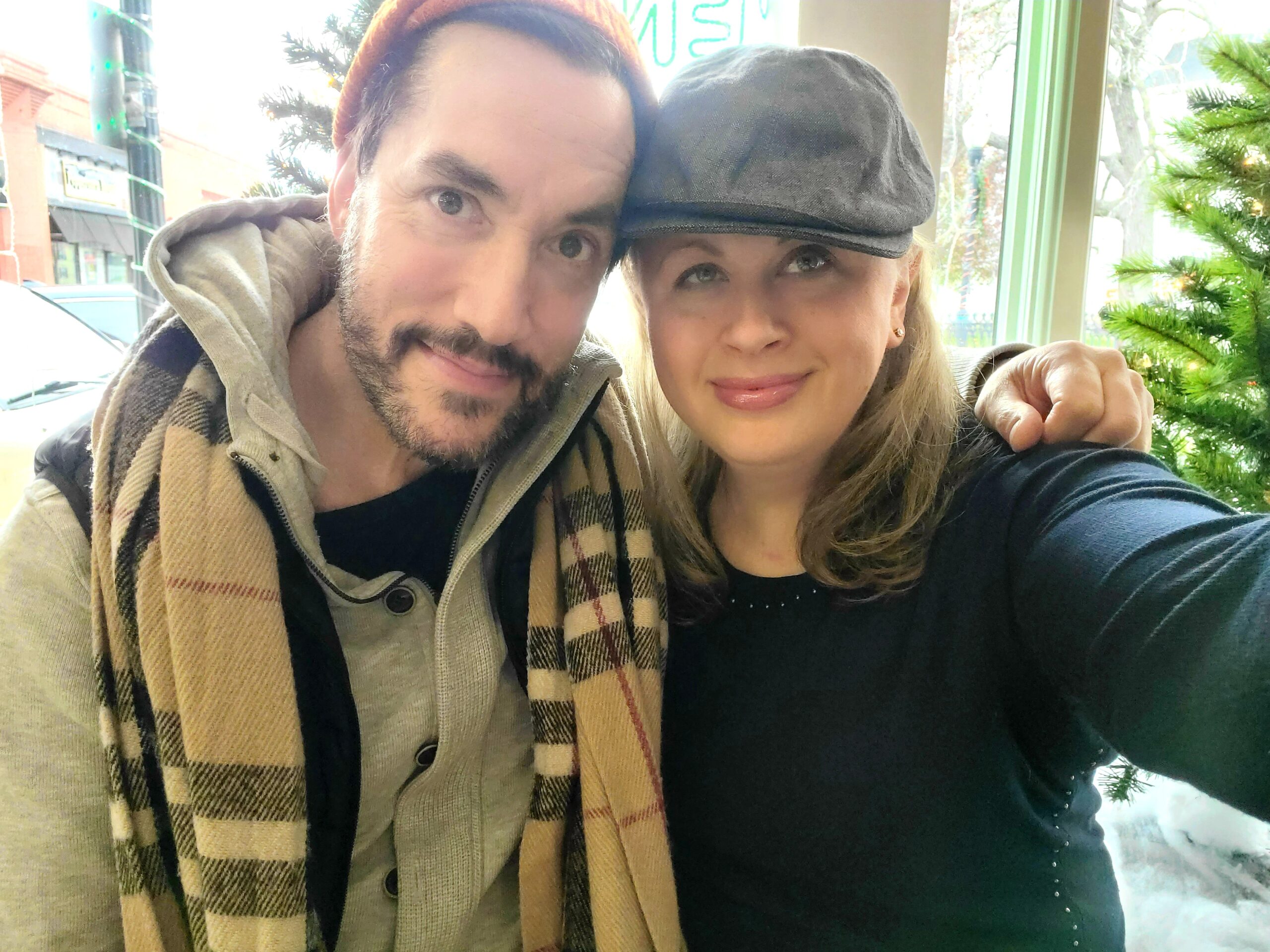
3) Desire is gone or, more to the point, desire evolved.
Jeffrey: I needed to do work where feeling grateful was as core as knowing how to prevent demarcations between the chin and neck. And after years of – more often than not – being a dartboard for clients when they didn’t like how they looked, which had nothing to do with their skin tone and their lip liner, I knew it was time to politely bow out and put myself where beauty is felt and believed as much as it is seen.
Kate: Was that the impetus for Beauty as Wellness?
Jeffrey: I think Beauty as Wellness was always inherent in me, because how the clients feel and their self-expression as a whole being (physically and emotionally) are as important as how they look on camera and in print. When I realized that my definition – and application – of “beauty” was more than looks and colors and trends, I knew I needed to create something.
Kate: Amen. Hallelujah.
Jeffrey: While we met via the cosmetics industry, you no longer work there?
Kate: Yes, I worked in the makeup biz and in training and development for nearly 12 years. And I came to a place where what I cared about, believed in, and was most excited by was how something starts – its origin – and how it can be in and of the world with fire, truth, and impact. Basically, I wanted to do what I’d done in advertising – brand creation, strategy, messaging – for small businesses, artists, and ass kickers.
Jeffrey: Almost 12 years. That’s a lot of time. Relationships don’t last that long. What was it like to part ways with the industry?
Kate: Yeah. I did work in the cosmetics business for more than a decade. The thing is, it wasn’t difficult to leave the culture, the environment, and the experience because who I was – a strategist, a supporter, a writer – had never changed. I always applied those attributes to work. When I wanted to do more of who and what I was, I could change lanes. So, I did that.
Jeffrey: Knowing who we are definitely helps us to do what we’re supposed to do.
Kate: Amen. Hallelujah. Cosign.
Jeffrey: That wraps The Artist and the Subject. We hope you’ve laughed with and learned from us, and seen things in your life discussed here.
Kate: We have loved talking candidly about what once felt like screw-ups and were actually successes. Stay tuned for what we do next. Meantime, read, hear, and follow us on In Step Beauty and around the interwebs. Thanks for being part of this series!
Kate Harvie is the Executive Editor and Food & Drink Editor for In Step Beauty. She is the contributing writer and website manager for the Universal Hip Hop Museum, and the author of a book, Believe It and Behave It: How to Restart, Reset, and Reframe Your Life. Follow her on all the social platforms (@glossgal). Jeffrey Paul Aristotle may have had Jeffrey Paul in mind when he said, “Art completes what nature cannot bring to finish.” Jeffrey is an award-winning makeup artist and hairstylist. For 20 years and counting, he is Hollywood’s and Bollywood's go-to artist for celebrities, film festivals, red carpets, fashion, and movie PR. He is a resource for makeup artists, beauty columns fashion & beauty blogs as well as beauty magazines including ELLE, InStyle, Harper’s Bazaar, and beauty how-to books. Additionally, he is a chef, perfumer, writer, wellness advocate, beauty advisor, leader in Sufi and beauty meditations groups, and a practicing Dervish. Jeffrey believes that today's world has prompted everyone to have a deeper reverence for life and nature. His passion for truth, accompanied by an exploration into spirituality, has led him to create a new perspective in the beauty world. Through a blend of aesthetics and wellbeing, Jeffrey created a new paradigm called Beauty as Wellness, which includes the in-development Fragrance as Wellness. Jeffrey teaches people how to look deep into the world of beauty, which includes all types of fragrance, find tools to infuse and support a healthy life. This spiritual adventurer currently lives in Los Angeles. He spends time on the east coast to look after his parents. Follow him on Instagram – @theperfumeyogi, @fragranceaswellness, @jeffreypaulbeauty – and see him being a hair and makeup artist who seeks, and presents, the soulful expression of beauty.
